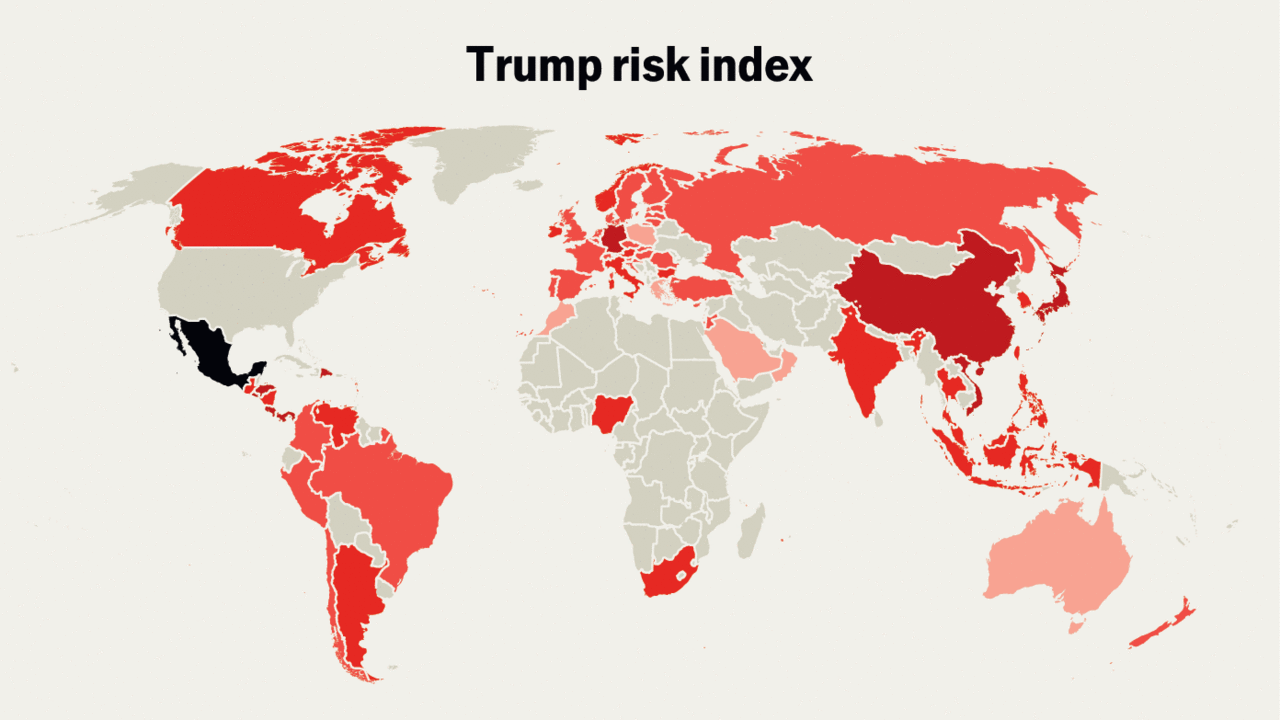How will Britain vote on July 4th?
Spoiler: it is not looking good for Rishi Sunak
LIKE THE hands of an old grandfather clock, British elections come around with some uncertainty. On May 22nd Rishi Sunak, the Conservative prime minister, confirmed the next election will take place on July 4th—the third election in just over seven years. Three election models, built by The Economist’s data team, show that after 14 years in power the Tories’ time is almost certainly up.
Start with our poll tracker. There are now fewer prospective Tory voters than there were 20 months ago, during the disastrous 49-day prime ministership of Liz Truss (see chart 1). The Conservative gap with the opposition Labour Party, led by Sir Keir Starmer, has been around 20 percentage points for more than six months. That is a fatefully big deficit: no governing party has entered the final nine months of a parliamentary term with so much ground to make up and won an election.
More from Graphic detail

Which countries would be most affected by a second Trump term?
A ranking of America’s 70 largest trading partners

How long would it take to read the greatest books of all time?
The Economist consulted bibliophile data scientists to bring you the answer

Why 2024 could become the hottest year on record
Global temperatures reach record highs twice in less than a week
Donald Trump is now the oldest candidate to run for president
But America’s issue with ageing politicians goes beyond the White House
Which country has the most Olympic medals?
One dominates. But a tiny island shows there are numerous ways to measure sporting prowess
Can America afford its debts?
Public debt stands at 98% of GDP. Neither Democrats nor Republicans are helping